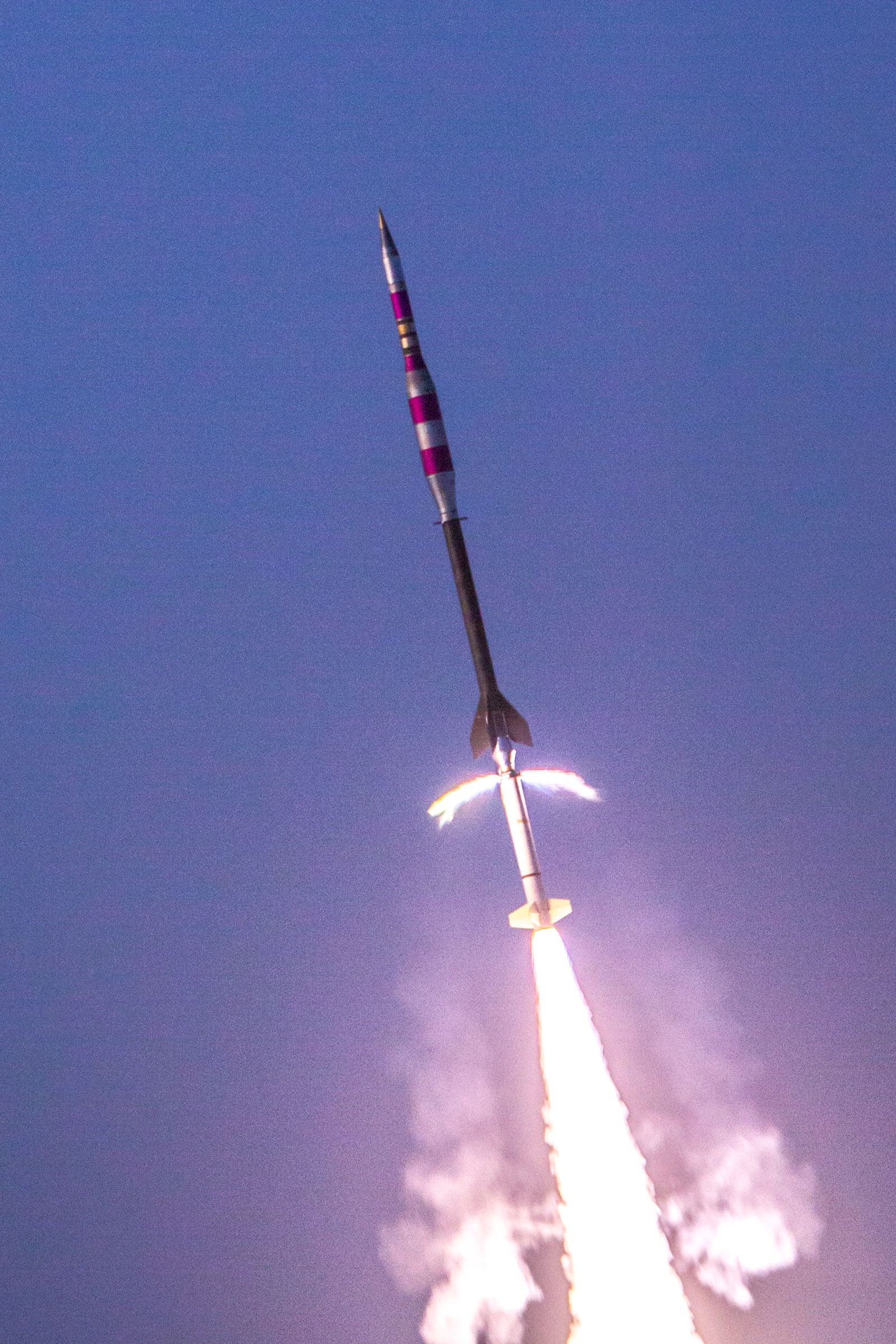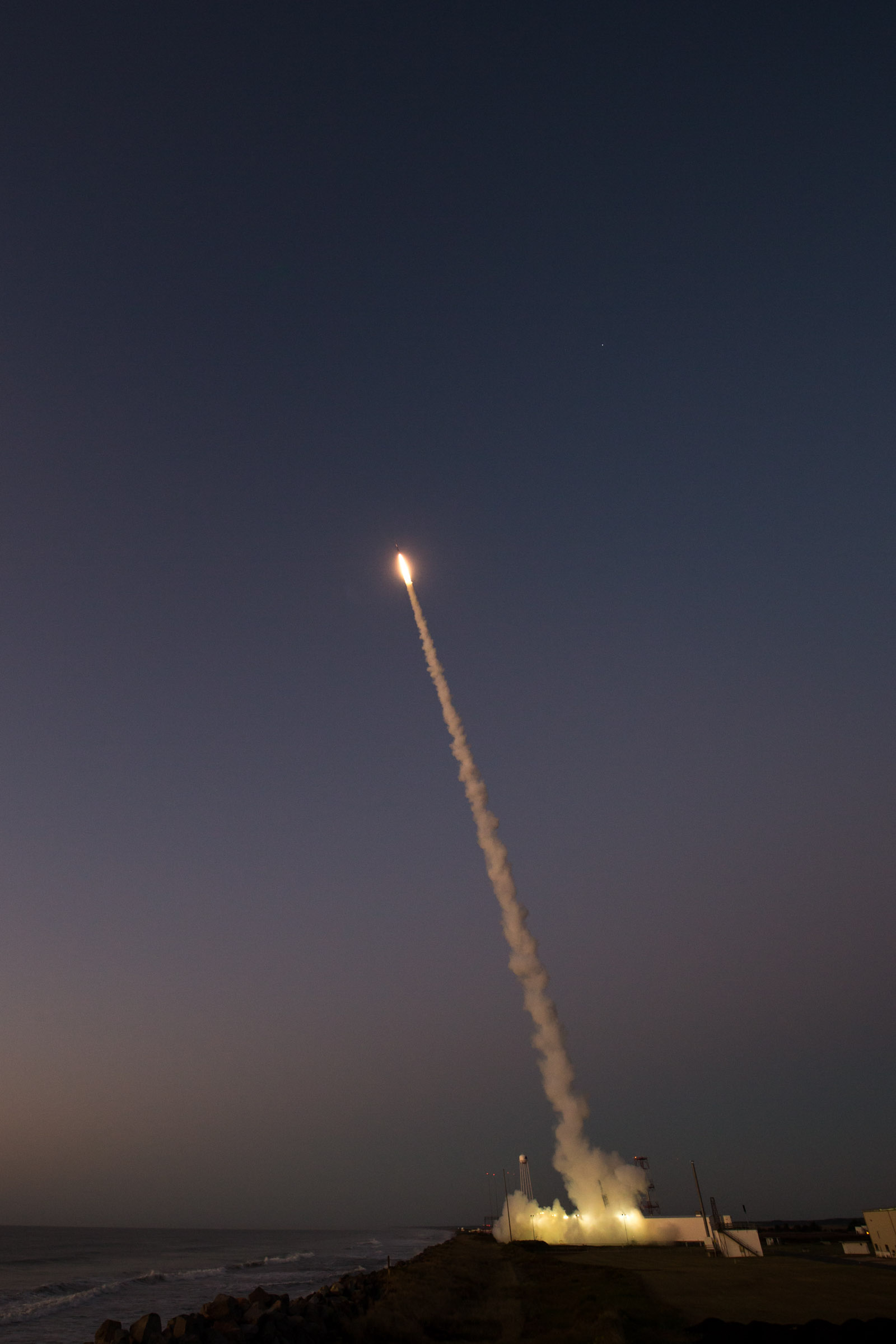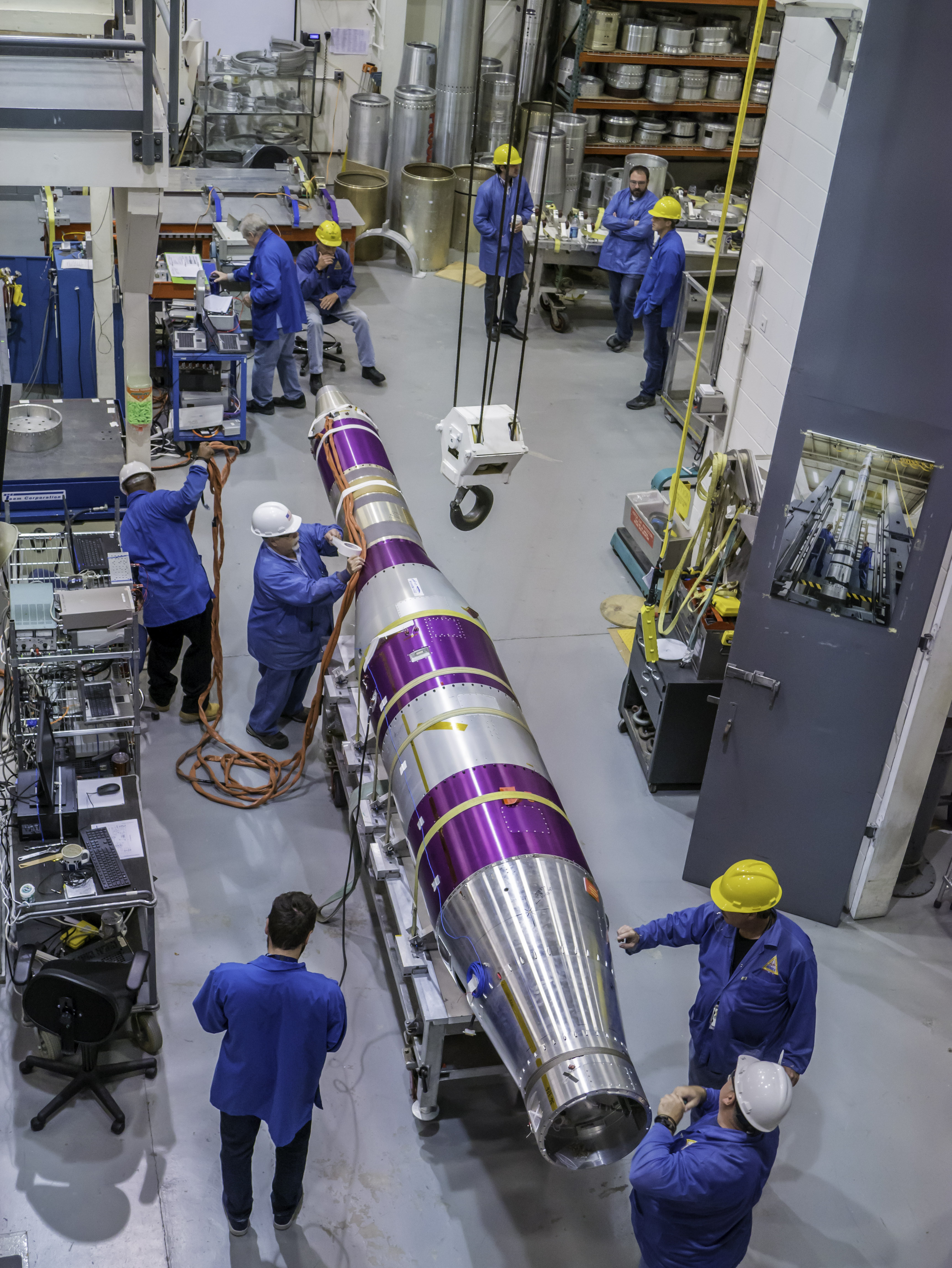Watch a NASA Rocket Launch a Supersonic Parachute for Mars Landings
Update for Oct. 18: NASA succeesfully launched the ASPIRE supersonic parachute experiment on Oct. 4. Watch how the small rocket launch went, and see photos from the mission below!

More launch photos:


Original preview posted Oct. 3: NASA will launch a small rocket from Virginia's Eastern Shore early Wednesday (Oct. 4) to test a supersonic parachute system for future spacecraft bound for Mars. The launch may be visible to observers along the U.S. East Coast, weather permitting.
The sounding rocket will launch from NASA's Wallops Flight Facility at Wallops Island, Virginia at 6:45 a.m. EDT (1045 GMT). You can watch it live online at NASA's Wallops Ustream site here, beginning at 6:15 a.m. EDT (1015 GMT).
The suborbital rocket will carry the Advanced Supersonic Parachute Inflation Research Experiment (ASPIRE), designed by NASA's Jet Propulsion Laboratory (JPL) in Pasadena, Calif. JPL engineers developed the parachute system to withstand the high speeds and thin atmosphere spacecraft encounter during the decent to the Martian surface. Wednesday's launch aims to test the system in the low density of Earth's upper atmosphere.

NASA will use a 58-foot tall (17.6 meters) Terrier-Black Brant IX rocket to loft ASPIRE to an altitude of 32 miles (51 kilometers) approximately 2 minutes into the flight, according to a NASA statement.
"The payload will splash-down in the Atlantic Ocean 40 miles from Wallops Island," NASA officials said. "The payload will be recovered and returned to Wallops for data retrieval and inspection." The mission's launch window runs from Oct. 4 to Oct. 14.
Get the Space.com Newsletter
Breaking space news, the latest updates on rocket launches, skywatching events and more!
Sounding rockets are smaller and less expensive than orbital rockets because they do not need the additional booster stages to reach the high speeds needed to stay in orbit. They typically spend only 5 to 20 minutes in space at relatively lower speeds.
NASA Wallops officials will post launch updates via Facebook and Twitter. Smartphone users can also use the center's "What's Up at Wallops" app to track the launch and learn which direction to look to see the rocket.
Email Harrison Tasoff at htasoff@space.com or follow him @harrisontasoff. Follow us @Spacedotcom, Facebook and Google+. Original article on Space.com
Join our Space Forums to keep talking space on the latest missions, night sky and more! And if you have a news tip, correction or comment, let us know at: community@space.com.

Harrison Tasoff is a science journalist originally from Los Angeles. He graduated from NYU’s Science, Health, and Environmental Reporting Program after earning his B.A. in mathematics at Swarthmore College. Harrison covers an array of subjects, but often finds himself drawn to physics, ecology, and earth science stories. In his spare time, he enjoys tidepooling, mineral collecting, and tending native plants.









